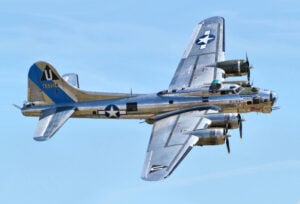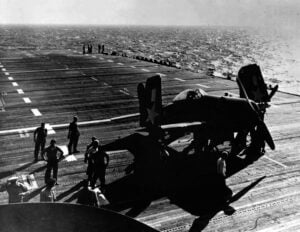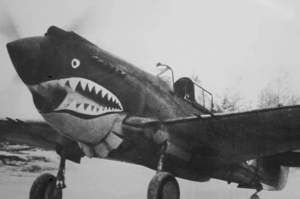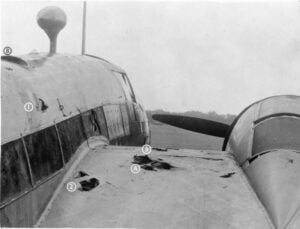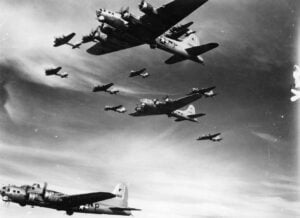Watch: WW2 Mosquito in Action with Twin Merlin Engines Roaring at Full Power
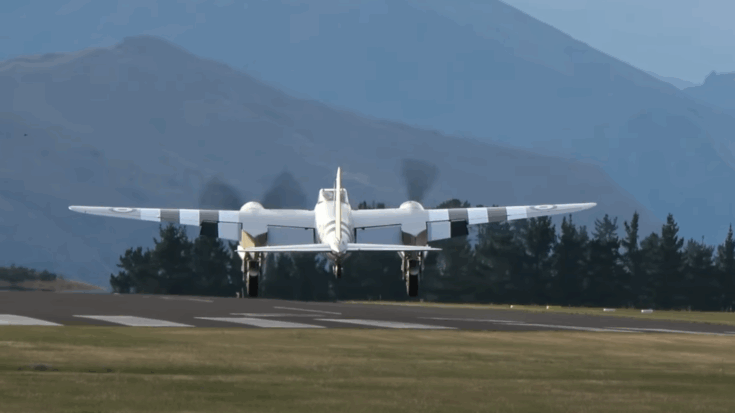
Historical Aviation Film Unit / YouTube
The Wooden Wonder Takes Flight
The de Havilland DH.98 Mosquito was one of the fastest propeller-driven aircraft of the Second World War. Built mainly from wood, it earned the nickname “Wooden Wonder” and proved that unconventional design could achieve remarkable results. Its light wooden frame allowed the aircraft to reach speeds of more than 400 miles per hour while still carrying a bomb load of up to 4,000 pounds. Enemy radar often struggled to detect it, making it effective in missions where surprise and precision were essential.
Powered by two Rolls-Royce Merlin V12 engines, the same powerplants that gave the Spitfire and Hurricane their edge, the Mosquito had both speed and strength. Pilots described it as smooth to handle, highly reliable, and versatile in roles ranging from low-level bombing to reconnaissance and night fighting. Its adaptability made it one of the first truly multi-role aircraft of the war.
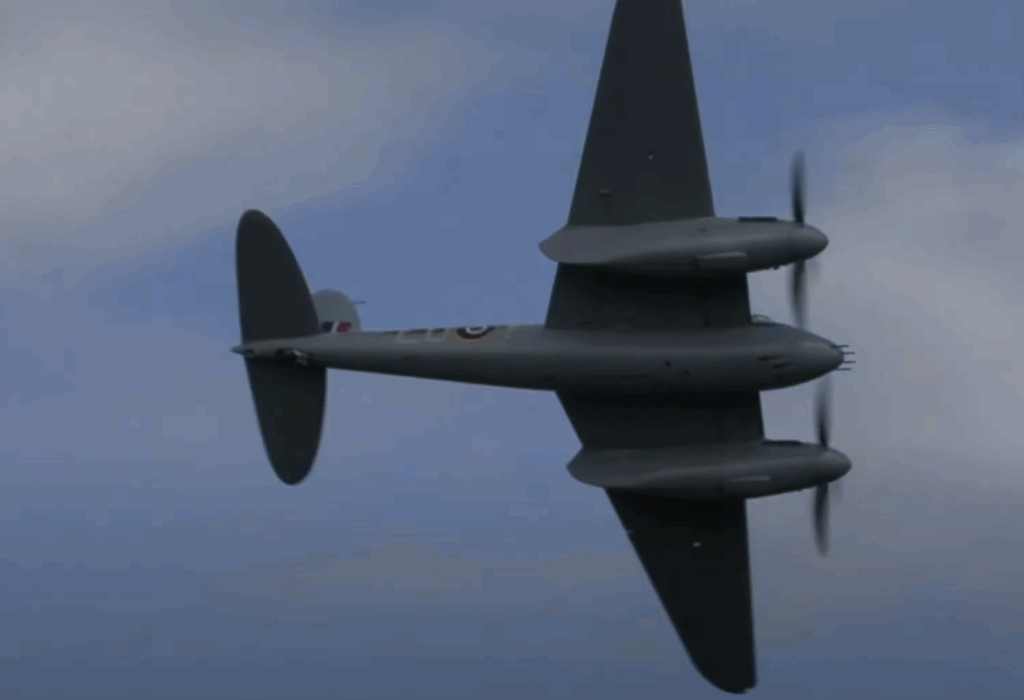
Combat and Restoration
During the conflict, Mosquitos carried out daring low-level attacks, served as Pathfinders guiding bombing raids, and defended the skies as night fighters. The sound of its twin Merlins in perfect sync became a familiar—and feared—presence across war-torn skies.
Today, only a handful of Mosquitos remain airworthy. The aircraft featured here, KA114 and NZ2308, were restored by AvSpecs in Auckland, New Zealand, using traditional methods from the 1940s. Because original wooden fuselages often weakened with age, restorers had to build entirely new structures by hand, using carefully shaped moulds to recreate the exact wartime design. Other parts were either sourced from rare surviving stock or painstakingly remanufactured to match the originals.
The result is an authentic restoration that allows modern audiences to experience not only the sight but also the unforgettable sound of the Mosquito at full power. In this footage, the twin Merlins roar as the aircraft sweep low, reminding us why this wooden warplane became a legend of its time.
Keep going for the video below:














